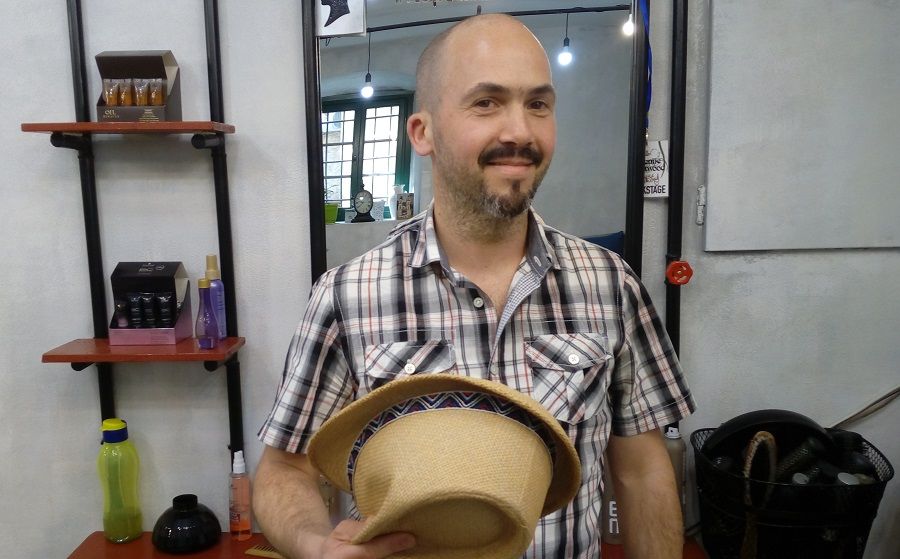Dzile, the soundtrack amazes me every time I’m here. You’re supposed to be a musician!
Yet, I’m not. I learned to play the guitar when I was young but was told it might hurt my tender hairdressing fingers, so I quit. But you know, I the saxophone is still in my plans…
You’re full of surprises! But jokes aside, you have an ear for music. Was it natural?
I was born in a family where true rock-n-roll was adored, and the old cartoons we watched were all full of jazz music, if you remember. Finally, I grew up in a community of Boka that has a strong tradition of Mediterranean melodies, which is so lovely. Running the salon, I always tried to get in my client’s shoes, and I carefully choose my music style by the time of day and even the client's profile. Here is one of my favourite albums that has the spirit of Boka:
You’re a small Montenegrin entrepreneur. Is it hard to run a business here?
When it comes to the job you like, many things become more natural. And having my sister Nina around makes it a family business which is also great. But from the professional aspect, entrepreneurship in Montenegro is not easy especially in the absence of state support for small businesses as they have in developed countries.
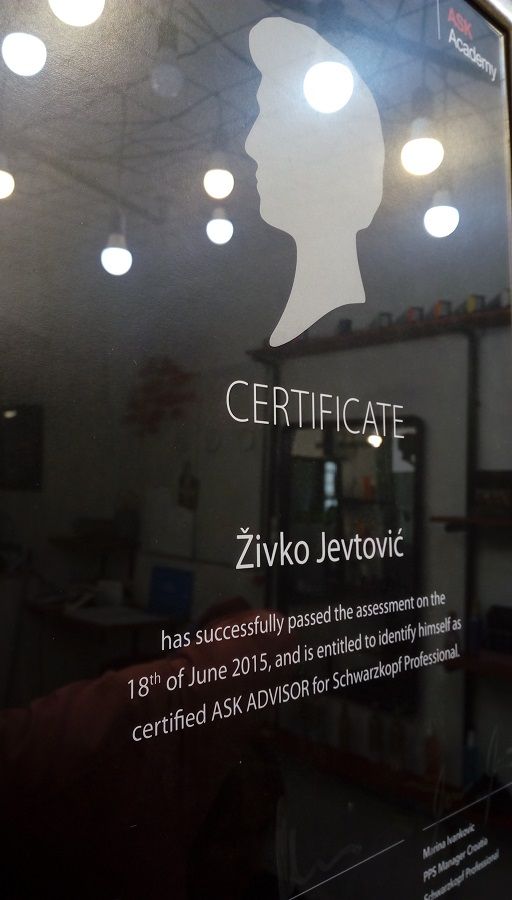
Was hairdressing the profession of your dreams?
Not at all, my choice was determined by the forces of circumstance. I finished school in the unhappy times of sanctions, political issues, etc. So, I was not as interested in the long and serious educational path as I was in financial independence. At that time there were few classes, so I was practically choosing between 2-3 profitable crafts. My sister Nina who started hairdressing a year later decided with her heart. And me, looking for a job to bring me some income in the near future, fell in love with this profession very quickly. Nothing happens in this world by chance, they say, so I developed this practical choice into the job of my dreams.
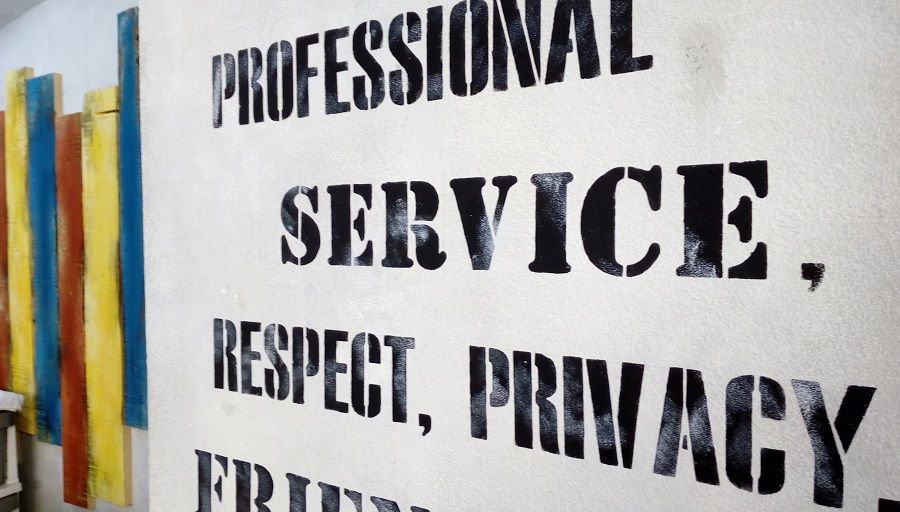
Many talented people left Montenegro at that time in search of new opportunities abroad. Why did you stay?
Firstly, I enjoyed learning from my master of the hairdressing craft. Meanwhile, things were stabilizing, and I was getting nice job offers and started making money, unlike my friends who were continuing their education or internship. So, I was feeling pretty good here and had no reason to think of alternative solutions. Besides, I was living and working in the land I am from, walking every day on the stones I love with all my heart, and as you may guess, knowing my non-professional activities…
Tell us about some of them.
I’m a member of Bokeljska Mornarica, the community of Boka Bay seafarers, which has a history of 1200 years. Nowadays, our community, which is nominated for the UNESCO world non-material cultural heritage, is mainly focused on maintaining the cultural traditions of Boka: traditional costumes, dancing, and celebrations. The most important among our activities is St. Tryphon’s Day celebrated on February 4th in honor of Kotor’s patron when we dance the traditional kolo. Then, the Perast Victory Day on May 15th in memory of the 15th-century war where the Turkish army commander’s saber is demonstrated as a symbol of our victory. Then, the Day of Boka Seafarers on June 26th, a datum of the first community written charter, and the Kotor Liberation day on November 21st.
Kotor – what do you think about it today and 30 years ago?
Well, 30 years ago this town carried the harmony of my childhood memories, a peaceful co-existence which is very subtle today. At that time we had the best café in all of SFRY, and generally, it was the town for going out and partying. However, the hard times of the 90s brought aggressive drinking habits as well as drugs, and it became a more dangerous than joyful entertainment location. This turbulence calmed down after 2000. Now, Kotor is a town of tourism with a focus on cruisers which brings, on the one hand, definite benefits (look at how many people are on the streets already), but on the other side, particular ecological damage when it comes to the flora and fauna of the bay, as well as air pollution (the same issue as in Dubrovnik and Split). And from the business development aspect, the impact of cruiser tourism is a double-edged sword because providing seasonal earnings prevents the younger generation from long-term planning.
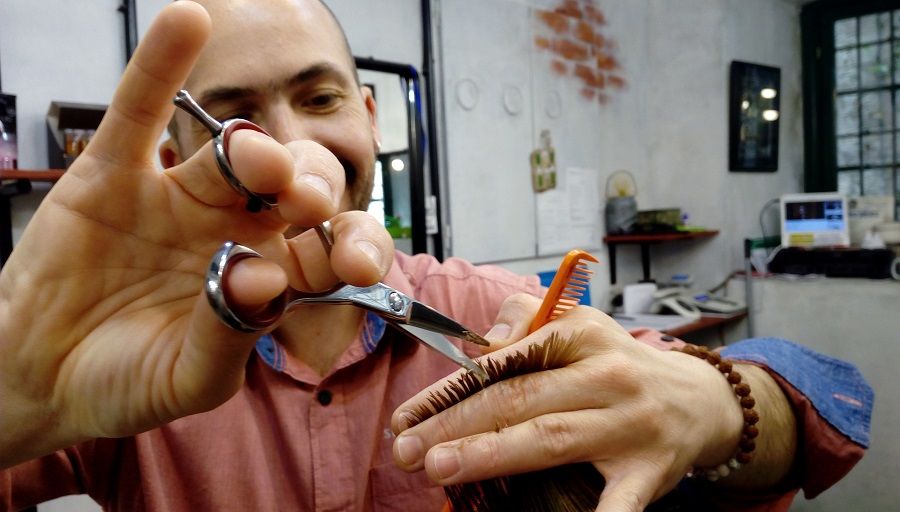
How different is your son’s childhood compared to yours?
Things changed a lot, and many people still recall the sweet memories from the times of socialism. Yes, relationships and communication were probably closer and more friendly. But we must accept that any changes are natural and for the better. If you look at the old photos of Kotor, you’ll notice the town was pretty decayed. There is a dark joke: Who helped Kotor the most to build up? The earthquake. Sad but true. Though when we were kids, the town had its in-house rules. For example, at the time of restoration, my school friends and I couldn’t ride bikes through the city, and the policemen would make our tires flat for sure, or it was forbidden to play noisy games from 2 to 5 pm and on Sunday morning. It was a lovely lifetime with specific benefits. Today, the rhythm changed a lot; we are working much longer, grannies raise our kids instead of parents which is not a big plus, however, I can afford much more for my son than my parents could, from new hoodies to traveling. But this is the balance of life.
How are the local kids educated about the past of their native town?
It’s interesting that my son, for example, likes to listen to his granny’s stories and tells them to me after. He’s now in his second school year, and I hear they are doing some cultural visits to the old town from time to time. But I believe that home and family education plays a primary role in the understanding of where you're from. Unfortunately, today, instead of saying “let’s meet at palazzo… or at some church…” we say “at the… café”. The most popular new meeting point in the area is the Kamelija shopping center which is, in fact, a sad reflection of how malls became the temples of our lifestyles, prosperity, and minds. It’s such a pity hearing that 10 or 12-year-old kids from Kotor families have never walked along the famous old town walls (“bedemi” in the local language), never seeing the stunning Bay view from above.
Who are Bokelji? Do you belong to this national minority?
It should be of paternal inheritance, and since it’s my mom who has the local origin, I’m formally not a Bokelj, but my heart carries the Kotor stamp. Bokelji exists in the community with geographic and cultural identities coming from the Kotor area, which under demographic pressure became a minority and faded into the background. Their lifestyle and worldview were never supposed to be aggressive while turbulent times of change probably required a more protective or even defensive approach to their status, language, and cultural heritage.
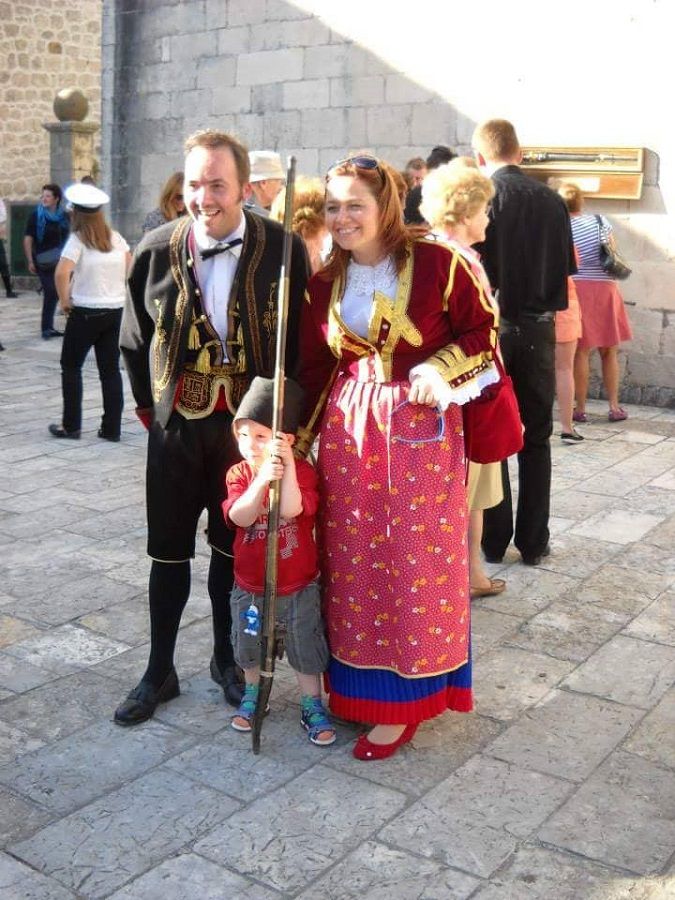
There are many stores in Kotor that are not owned by local people. What’s your attitude about international entrepreneurship in Montenegro?
Everyone is welcome here. It’s more about development strategies which should contain guidelines for national heritage protection. There should be borders saving authentic culture and products. Otherwise, the visitors are getting the wrong experience and understanding of local identity. For example, why souvenir shops wouldn’t separate domestic products under the label “made in Kotor” but instead put everything together? Why local culinary tradition replaced with international cuisine isn’t promoted through the state support of authentic restaurants? I believe "feeling at home" is the wrong concept for a tourism strategy: on the contrary, we should amaze and surprise the guests with the authentic features of our culture.
What specialty would you recommend under the label “originally Bokeljsko”?
We are by the sea, right? Boka Bay inhabitants have always eaten fish. Classically grilled squids (plain, not stuffed please!) or the mixed fish stew 'Bokeljski brodet', accompanied by green leafy garnish (“verdure” in the local dialect) – those are the local tastes.
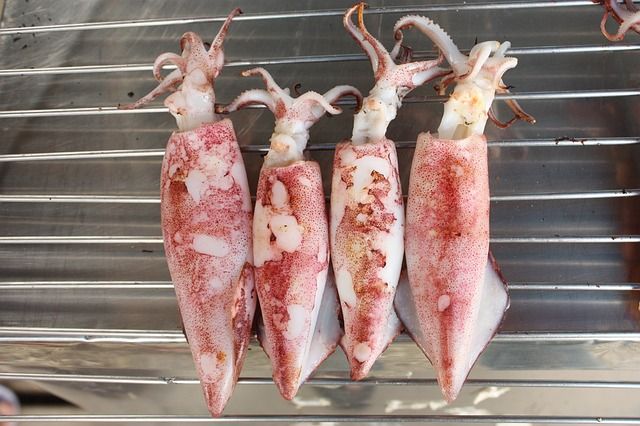
As for the restaurants, among others in the area, konoba Scala Santa in the old town is really worth a visit. Its owner, the fantastic local composer Zoran Proročić, has created and decorated all of the details of the interior with his hands. They offer a traditional local seafood menu. If you’re lucky, you can grab a piece of their famous cake whose origin has been under dispute for years (is it from Dobrota or Perast?). Seafarer’s wives baked this cake for long sails, and it can be stored outside for over 20 days, maintaining the same taste and freshness.
What’s your favorite place in the area?
Each corner is a part of my soul, believe me. I will never get tired of climbing the Kotor stairs; I will always enjoy a cup of coffee at the square of the two Orthodox churches St. Luka and St. Nikola, and I love the view to Pjaca od salate (a salad square, literally) in the southern part of the town. But the place where I will forever wake up happy is Perast.



